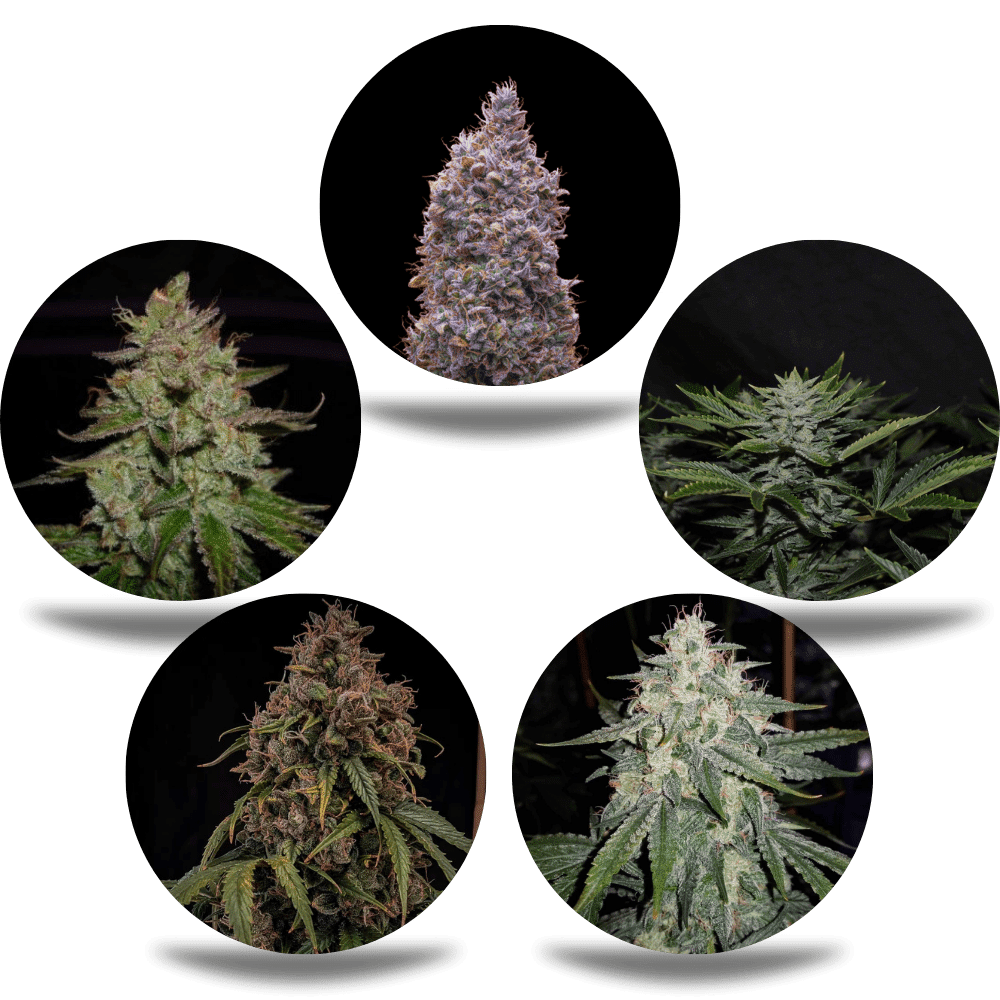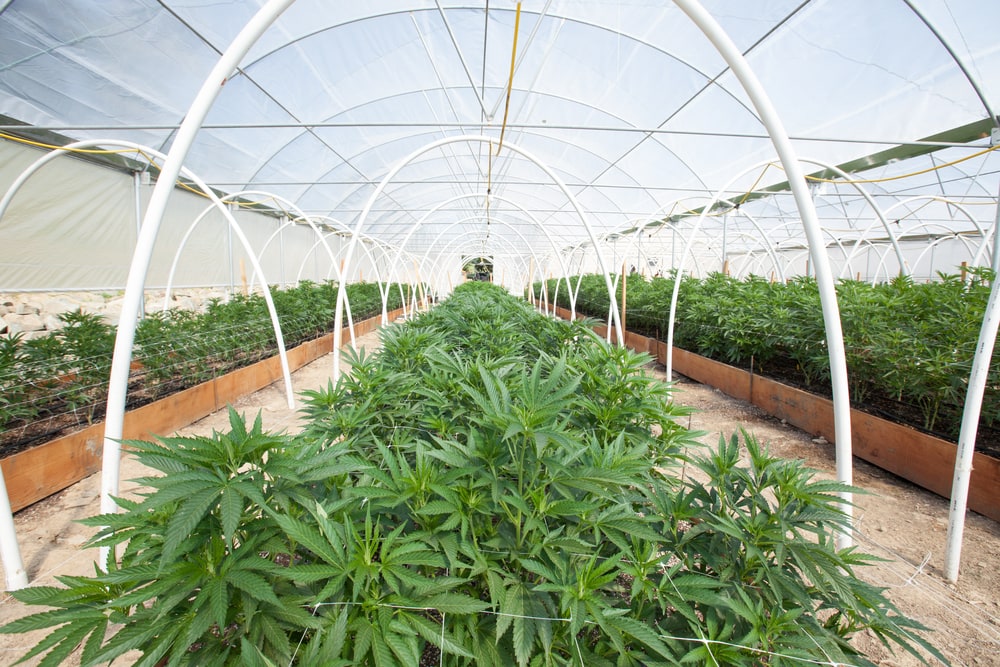We are a Manhattan dispensary that offers top-quality cannabis products and accessories. Our selection includes strains, edibles, concentrates, and more. We offer excellent customer service and competitive prices.

The first dispensary to offer only top-notch cannabis at an affordable price. Grown in the heart of the Hamptons, our products are cultivated to the highest standards.
100% Organic, No Pestcides
Rare Garden is the preeminent Little Germany, NY marijuana dispensary. Since 2010, we’ve been cultivating a variety of organic, top-shelf, super-dank Sativa and Indica strains with super-cool names, like Orange Diesel, Pink Panama, and our personal favorite, Habbabubbasmelloscope (though honestly, and not to toot our own horn, every strain we offer is pretty incredible).
Whether you’re looking for an all-natural and highly effective medicine to soothe aches and pains or alleviate stress and anxiety, or you just want to kick back, relax, and enjoy a mellow, happy, and euphoric buzz, check out the most highly recommended cannabis dispensary in New York County: Rare Garden. When you shop with us, you can rest assured that you’ll find the finest selection of cream-of-the-crop varieties of medicinal and recreational marijuana available.
How to Prepare for Your Maiden Visit to a Little Germany, NY Cannabis Dispensary
Whether it’s for medicinal or recreational purposes, your first trip to a Little Germany, NY marijuana dispensary to purchase cannabis legally is quite a surreal experience. Shifting from making purchases in dark alleys or in undisclosed locations to avoid getting into trouble with the law to shopping openly in a retail establishment in the middle of broad daylight can seem a bit strange to say the least, and in fact, it can even be a bit overwhelming; in fact, it can be likened to shopping for forbidden fruit.
If you’re planning on visiting a cannabis dispensary in New York County for the first time and you find that you’re feeling a little anxious, knowing what to expect can help to calm any nerves that you might be experiencing. With that said, the following is an overview of what you can expect on your maiden visit to a Little Germany, NY marijuana dispensary.
Be Prepared to Show ID
Whether you recently turned 21 and you’re shopping for ganja to use recreationally or you’re of a mature age and you want to try using the medicinal qualities of cannabis to treat your arthritis-induced aches and pains, make sure you bring a valid, state-issued ID on your trip to a Little Germany, NY marijuana dispensary.

A reputable New York County cannabis dispensary will ask to see your ID before they’ll grant access to their shop. If you don’t provide one, there’s a good chance that you won’t get any further than the front door.
Bring Plenty of Cash
Good ganja comes at a price, especially primo strains sold at top-quality Little Germany, NY marijuana dispensaries. While more and more places are offering cash-free purchase options, the majority of cannabis dispensaries are cash-only. The last thing you want to do is spend time browsing through the different varieties and make a final decision after a lot of deliberation, only to end up walking out empty-handed because you didn’t have any cash to buy it.
Don’t Hesitate to Ask Questions
Even if you have a pretty good idea about what you want beforehand, it’s still a good idea to ask questions. The budtenders at a quality New York County cannabis dispensary will be more than happy to answer any questions that you may have, so don’t be afraid to ask.
Inquire about different strains and growing practices, and ask for recommendations that will help you achieve the effects you desire. Whether you want something to quell your anxiety, you’re looking for something that will inspire your creative mind, or you just want to relax and chill, be sure to ask! The old adage, “There are no stupid questions” definitely applies.
For Cannabis That’ Beyond Compare, Visit Rare Garden
Looking for a great Little Germany, NY marijuana dispensary that offers top-shelf products? Check out Rare Garden! For more info, give us a ring at 212-624-2782.
Little Germany, known in German as Kleindeutschland and Deutschländle and called Dutchtown by contemporary non-Germans, was a German immigrant neighborhood on the Lower East Side and East Village neighborhoods of Manhattan in New York City. The demography of the neighborhood began to change in the late 19th century, as non-German immigrants settled in the area. A steady decline of Germans among the population was accelerated in 1904, when the General Slocum decimated the social core of the population with the loss of more than 1,000 lives.
Beginning in the 1840s, large numbers of German immigrants entering the United States provided a constant population influx for Little Germany. In the 1850s alone, 800,000 Germans passed through New York. By 1855 New York had the third largest German population of any city in the world, outranked only by Berlin and Vienna. The German immigrants differed from others in that they usually were educated and had marketable skills in crafts. More than half of the era’s bakers and cabinet makers were Germans or of German origin, and many Germans also worked in the construction business. Educated Germans such as Joseph Wedemeyer, Oswald Ottendorfer and Friedrich Sorge were important players in the creation and growth of trade unions, and many Germans and their Vereine (German-American clubs) were also often politically active. Oswald Ottendorfer who was the owner-editor of the Staats-Zeitung, New York’s largest German-language newspaper, was among the wealthiest and most socially prominent German-Americans in the city. He also became the undisputed leader of the newly important German Democracy, which would help Fernando Wood recapture the mayor’s office in 1861 and elect Godfrey Gunther as mayor in 1863.
At the time, Germans tended to cluster more than other immigrants, such as the Irish, and in fact those from particular German states preferred to live together. This choice of living in wards with those from the same region was perhaps the most distinct and overlooked feature of Kleindeutschland. For instance the Prussians, who by 1880 accounted for nearly one-third of the city’s German-born population, were most heavily concentrated in the city’s Tenth Ward. Germans from Hessen-Nassau tended to live in the Thirteenth Ward in the 1860s and in the ensuing decades moved northward to the borders of the Eleventh and Seventeenth Wards. Germans from Baden by the 1880s tended to favor living in the Thirteenth Ward, and Württembergers began by the 1860s to migrate northward into the Seventeenth Ward. The Bavarians (including Palatines from the Palatinate region of western Germany on the Rhine River, which was subject to the King of Bavaria), the largest group of German immigrants in the city by 1860, were distributed evenly in each German ward except the Prussian Tenth. Aside from the small group of Hanoverians, who had a strong sense of self-segregation forming their own ‘Little Hanover’ in the Thirteenth Ward, the Bavarians displayed the strongest regional bias, mainly toward Prussians: at all times the most distinctive characteristic of their settlement pattern remained that they would be found wherever the Prussians were fewest.
In 1845, Little Germany was already the largest German-American neighborhood in New York; by 1855, its German population had more than quadrupled, displacing the American-born workers who had first moved into the neighborhood’s new housing, and at the beginning of the 20th century, it was home to almost 50,000 people. From a core in the riverside 11th Ward, it expanded to encompass most of the 10th, 13th, and 17th Wards, the same area that later became known as the Jewish Lower East Side. Tompkins Square Park, in what is now known as Alphabet City, was an important public space that the Germans called the Weisse Garten. There were beer gardens, sport clubs, libraries, choirs, shooting clubs, German theatres, German schools, German churches, and German synagogues. A large number of factories and small workshops operated in the neighborhood, initially in the interiors of blocks, reached by alleyways. There were major commercial streets including department stores. Stanley Nadel quotes a description of the neighborhood at its peak in the 1870s:
At the beginning of the ’70s, after a decade of continuously rising immigration, Kleindeutschland was in its fullest bloom. Kleindeutschland, called Dutchtown by the Irish, consisted of 400 blocks formed by some six avenues and nearly forty streets. Tompkins Square formed pretty much the center. Avenue B, occasionally called the German Broadway, was the commercial artery. Each basement was a workshop, every first floor was a store, and the partially roofed sidewalks were markets for goods of all sorts. Avenue A was the street for beer halls, oyster saloons and groceries. The Bowery was the western border (anything further west was totally foreign), but it was also the amusement and loafing district. There all the artistic treats, from classical drama to puppet comedies, were available.
Here are some therapy-related resources you may find useful: